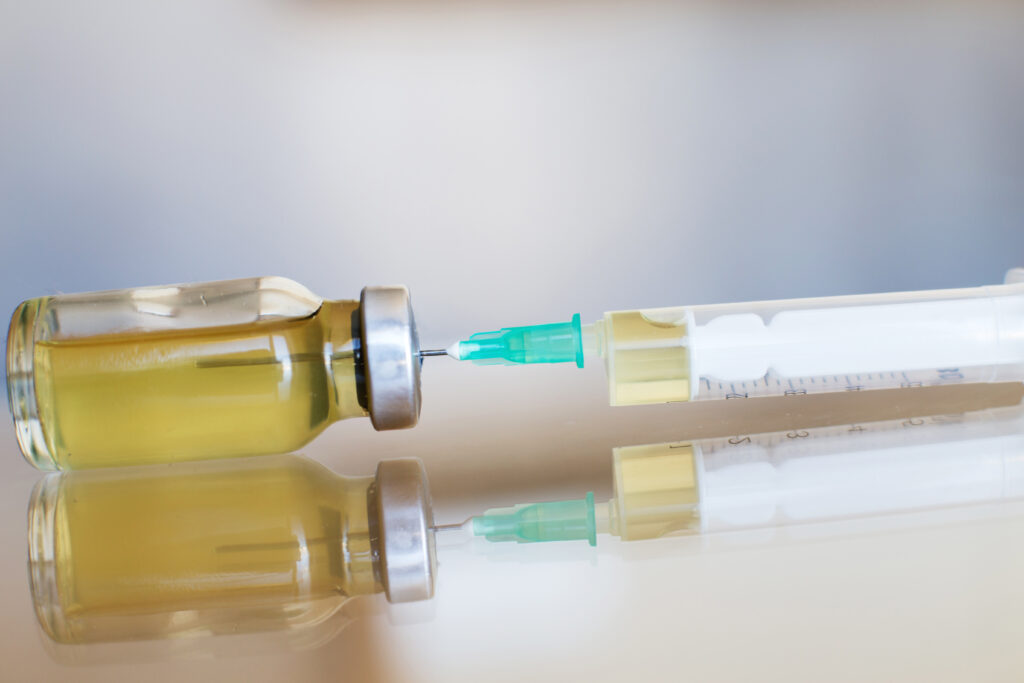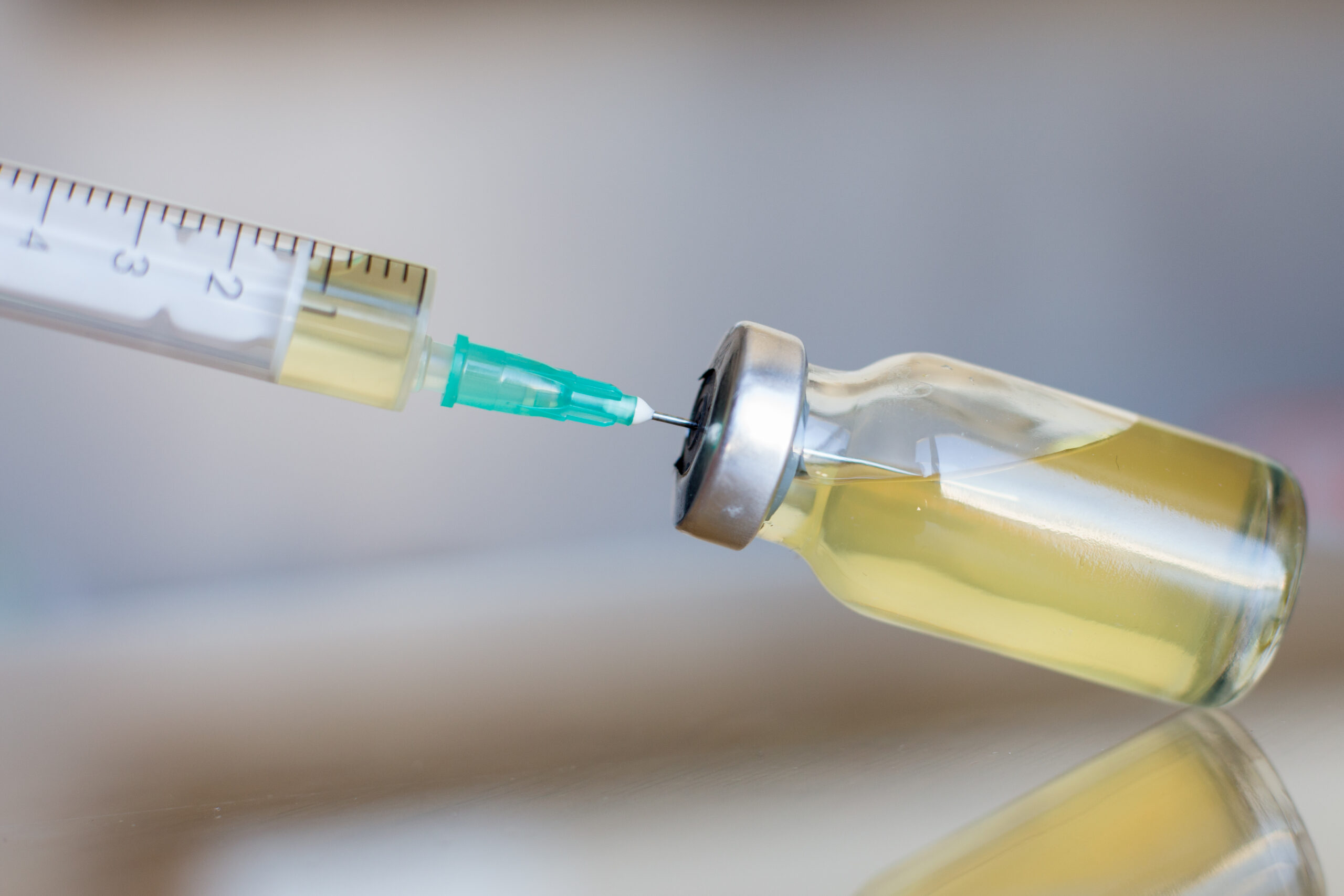As the weather turns colder and damper, many people experience a resurgence of arthritis symptoms. Clients often visit healthcare providers complaining of joint pain in areas such as the knees, hips, spine, neck, temporomandibular joint (TMJ), and ankles. A growing question among these individuals is whether PRP (Platelet Rich Plasma) therapy is a viable treatment option for arthritis pain and healing. This article delves into what PRP therapy entails, its effectiveness for different types of arthritis, and how it works best when paired with holistic treatment strategies.
Understanding PRP: What Is It?
PRP, or Platelet Rich Plasma, is a regenerative therapy that utilizes components of a patient’s own blood to stimulate tissue repair and healing. The process begins with drawing the patient’s blood, which is then spun in a centrifuge to separate the plasma and platelets from other blood components. The resulting platelet-rich plasma is injected directly into the damaged joint or tissue.
The key to PRP’s potential lies in the growth factors present in the platelets. These growth factors are believed to stimulate cell repair and regeneration, which can improve the structure and function of the affected joint. For individuals dealing with arthritis, the goal of PRP is to alleviate pain, enhance mobility, and support long-term joint health.
PRP for Arthritis: What Does the Research Say?
Recent studies, including literature from PubMed via the National Institutes of Health (NIH), suggest that PRP therapy can provide functional improvements and pain relief for certain types of arthritis. Here’s a closer look at its effectiveness for specific joints:
1. Knee Arthritis
The knee is one of the most commonly treated joints with PRP therapy. Research indicates that PRP injections can help reduce inflammation and improve knee joint function. Many patients report decreased pain and increased mobility after undergoing PRP treatments.
2. Ankle Arthritis
PRP has shown promising results for ankle arthritis. Studies reveal significant improvements in pain levels and joint functionality, making it a valuable option for individuals struggling with this condition.
3. TMJ (Temporomandibular Joint) Disorders
Arthritis affecting the TMJ can lead to jaw pain and difficulty with daily functions such as chewing or speaking. PRP therapy has demonstrated effectiveness in reducing TMJ pain and enhancing joint movement, providing relief for individuals with this often-overlooked condition.
4. Hip Arthritis
While PRP can improve functionality in patients with hip arthritis, the pain relief outcomes are less consistent compared to other joints. This indicates that while PRP may be part of a treatment plan for hip arthritis, it may need to be combined with other therapies to achieve optimal results.
Why Combine PRP with Holistic Physical Therapy?
Although PRP has shown effectiveness on its own, its benefits can be significantly amplified when combined with holistic physical therapy. This approach doesn’t just focus on the affected joint but examines the entire body to uncover and address the underlying causes of arthritis. Here’s why this combination works:
1. Addressing Imbalances
Arthritis often develops due to imbalances in the body. For example, knee arthritis may stem from weakness or instability in the hips, core, or even the foot and ankle. Holistic physical therapy identifies these imbalances and works to correct them, preventing further deterioration and supporting long-term joint health.
2. Strengthening Soft Tissue
Arthritic joints are surrounded by soft tissues—muscles, ligaments, and tendons—that often weaken over time. Physical therapy strengthens these tissues, improving joint stability and reducing pain.
3. Functional Strength Training
Functional strength training focuses on enhancing the body’s ability to perform everyday movements. For arthritis patients, this means exercises tailored to improve mobility, balance, and overall joint function.
4. Preventing Future Damage
By identifying and addressing the root causes of joint damage, holistic physical therapy helps prevent the progression of arthritis and reduces the likelihood of requiring more invasive treatments, such as surgery, in the future.

The Importance of Individualized Treatment
It’s important to note that not all arthritis cases are the same. Factors such as genetics, lifestyle, and injury history can influence the development and progression of the condition. For PRP and physical therapy to be effective, treatments must be tailored to each individual’s needs.
For example, a patient with ankle arthritis due to a sports injury may benefit from a different approach than someone with TMJ arthritis caused by years of jaw clenching. A comprehensive assessment by a medical professional ensures that the treatment plan addresses the specific causes and symptoms of the patient’s arthritis.
What to Expect from PRP Therapy
Patients considering PRP therapy should have realistic expectations about the process and outcomes. Here’s what to keep in mind:
- Number of Sessions: PRP therapy typically requires multiple sessions for optimal results. The exact number will depend on the severity of the arthritis and the patient’s response to treatment.
- Recovery Time: While PRP is minimally invasive, some patients may experience mild discomfort or swelling at the injection site. These symptoms usually subside within a few days.
- Gradual Improvements: PRP therapy is not a quick fix. Patients may notice gradual improvements in pain and function over weeks or months as the joint tissues heal.
Who Should Consider PRP Therapy?
PRP therapy may be a good option for individuals who:
- Have mild to moderate arthritis.
- Are seeking non-surgical treatment options.
- Want to delay or avoid joint replacement surgery.
- Are willing to commit to a holistic treatment plan, including physical therapy.
However, PRP may not be suitable for everyone. Patients with severe arthritis, certain blood disorders, or other contraindications should consult their healthcare provider to determine the best course of action.
Conclusion: A Promising Option with Comprehensive Benefits
PRP therapy is emerging as a promising treatment for arthritis pain and healing. By harnessing the body’s natural ability to heal, it offers a non-invasive option for improving joint function and reducing pain. When combined with holistic physical therapy, PRP can provide even greater benefits by addressing the underlying causes of arthritis and promoting overall joint health.
For individuals considering PRP, consulting with a qualified healthcare professional is essential. With the right treatment plan, many patients can achieve significant improvements in their quality of life and regain the mobility and comfort they once enjoyed.
Also Read: How Pelvic Floor Dysfunction Leads to Sciatica and Tailbone Pain
About:
I’m Hina Sheth. I have been treating complex orthopedics, sports and pelvic floor physical problems for over 25 years with amazing results. Now I want to bring my knowledge to the global community so I can spread my knowledge to you.
Our bodies are complex systems of 600 muscles and organs intertwined in a fascial system that all work together. Imbalances in this system such as trigger points, visceral and myofascial restrictions can lead to joint, pelvic, and organ issues.
Factors like nutrition, exercise, sleep, and stress play a crucial role. Unfortunately, our current healthcare model does not look at our bodies as a whole and oftentimes compartmentalize musculoskeletal injuries and dysfunctions.
At Rebalance, our goal is to holistically treat this complex system to restore harmony in the body. By addressing these imbalances, we help clients improve their overall health and well-being. Our vision is to empower individuals to create a healthier lifestyle for themselves.






